Born to the Siegler family, in Moreni, Romania, in 1925. Died in Haifa, Israel, in 2010.
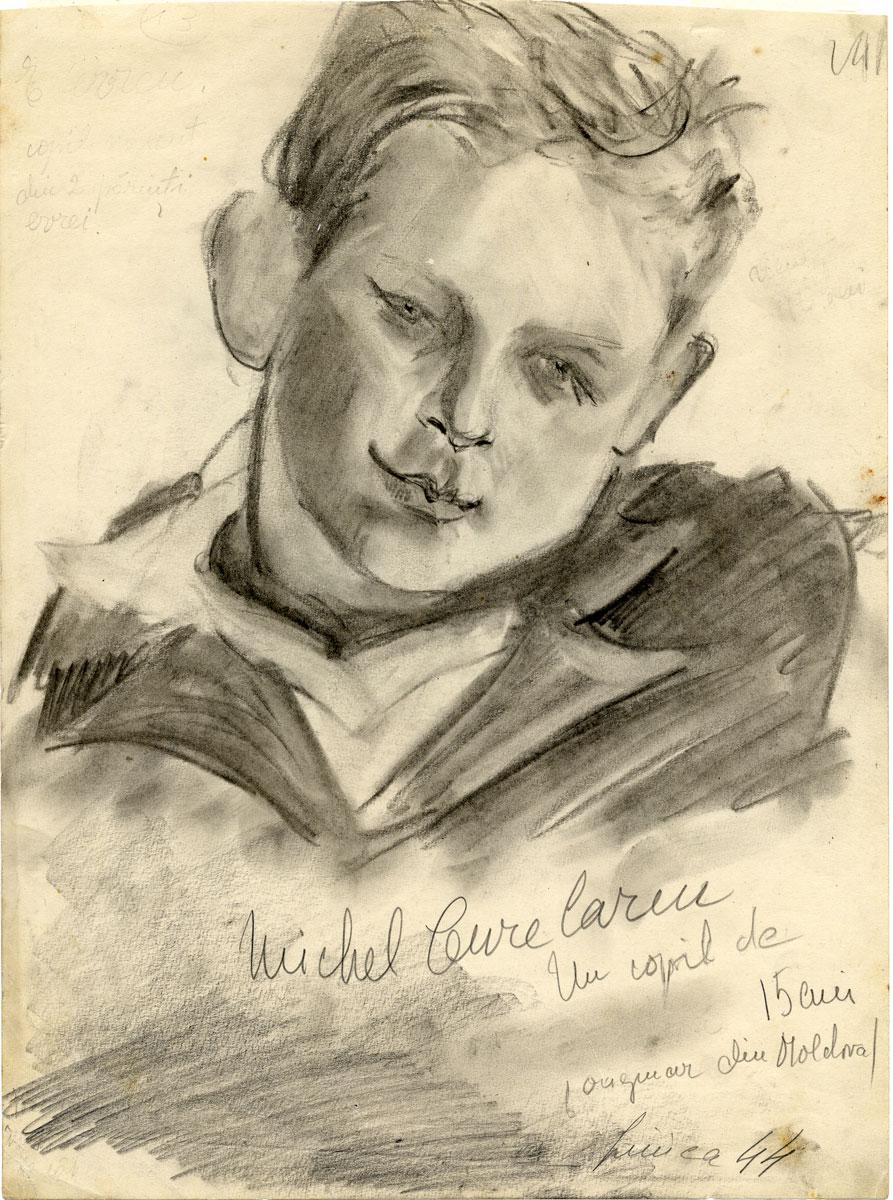
Probably born in Burdujeni, Romania, 1926. Deported to Transnistria 1941 or 1942. In 1944-1945 reached Palestine via Istanbul. According to Calin’s note he was 15 years old. However, the youth might have withheld his true age to enable him to join the orphans who would be returned to Romania.
Charcoal on paper
31.7X23.6 cm
Collection of the Yad Vashem Art Museum, Jerusalem
Gift of the artist

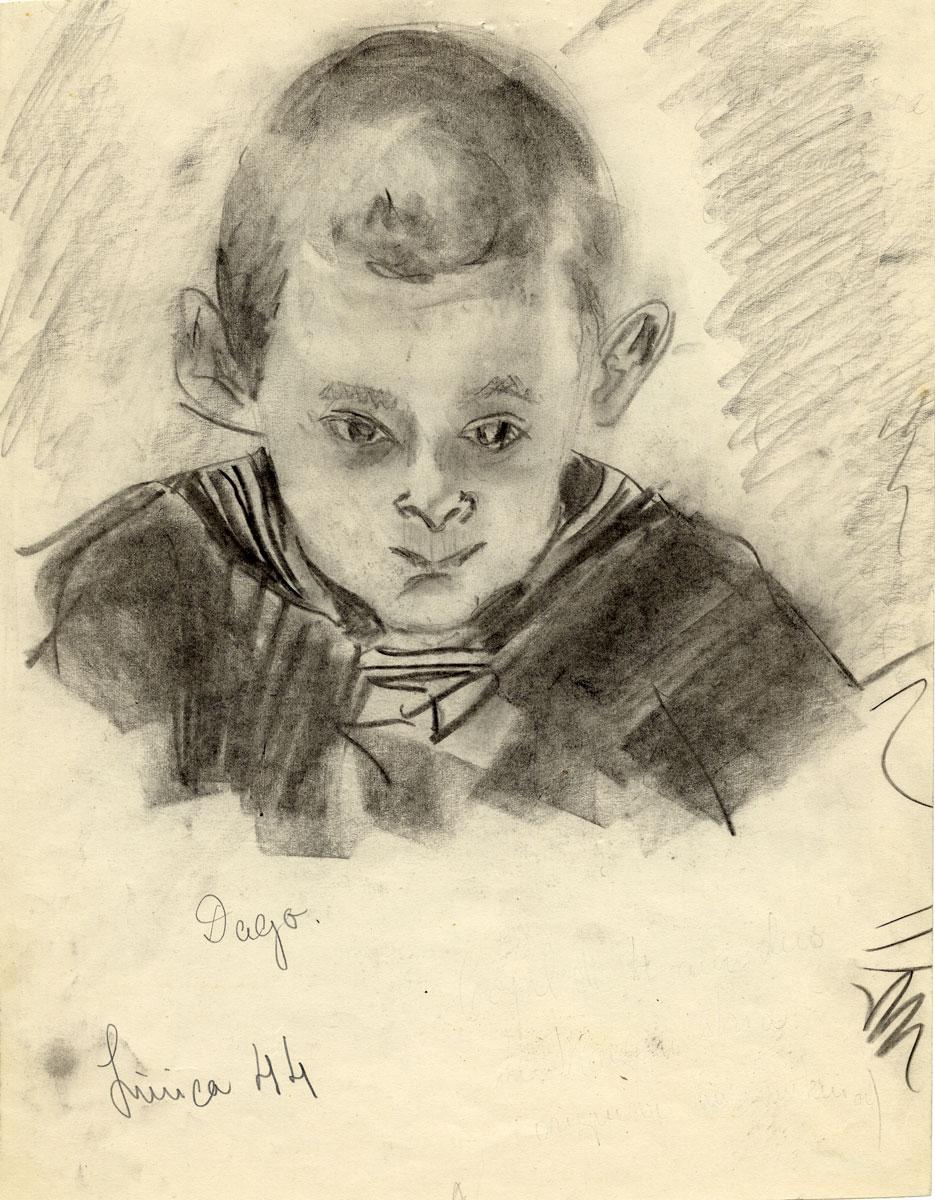
Artist’s note: “A 4-year-old boy from Transylvania, born as a Jew.“
Charcoal on paper
30.3X23.6 cm
Collection of the Yad Vashem Art Museum, Jerusalem
Gift of the artist

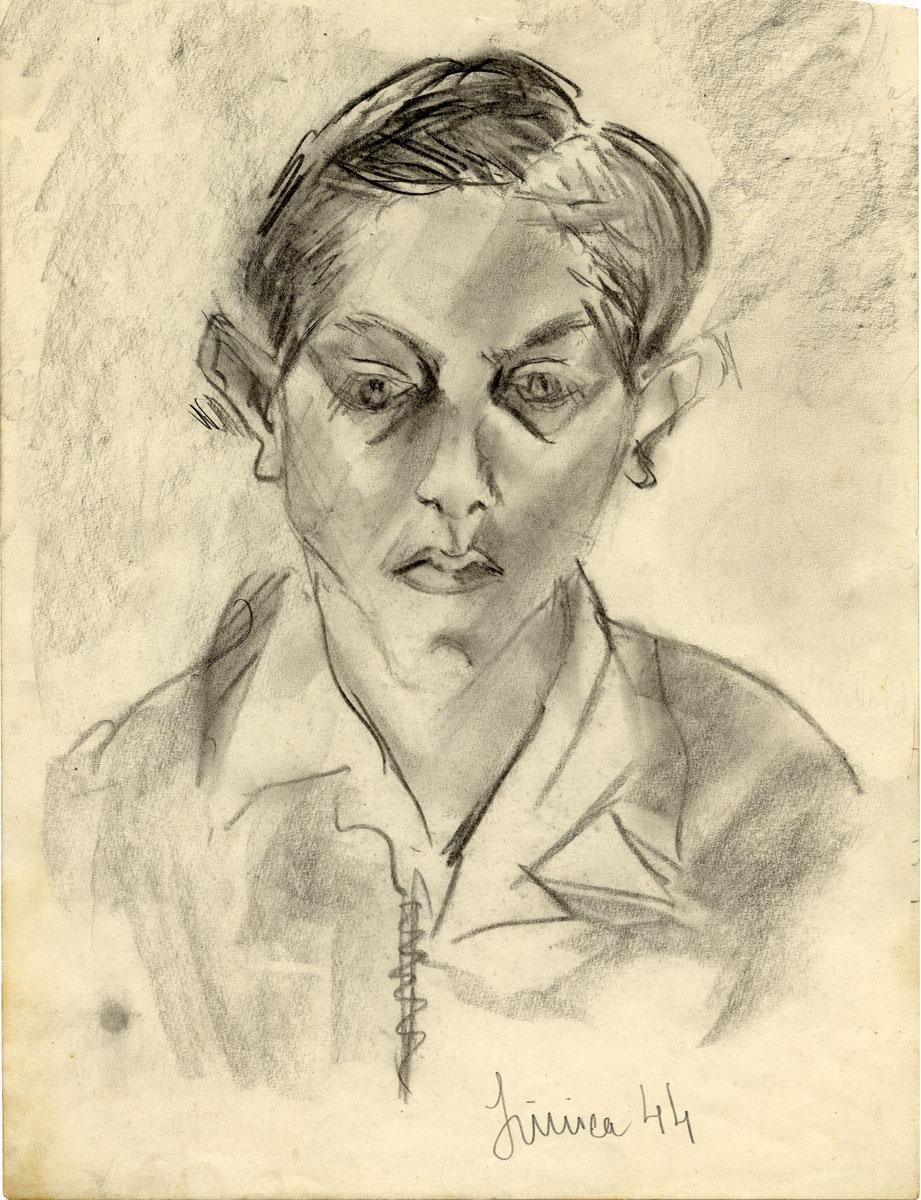
Artist’s note: “A 17 or 18-year-old youth from Moldavia.”
Charcoal on paper
31.1X23.6 cm
Collection of the Yad Vashem Art Museum, Jerusalem
Gift of the artist

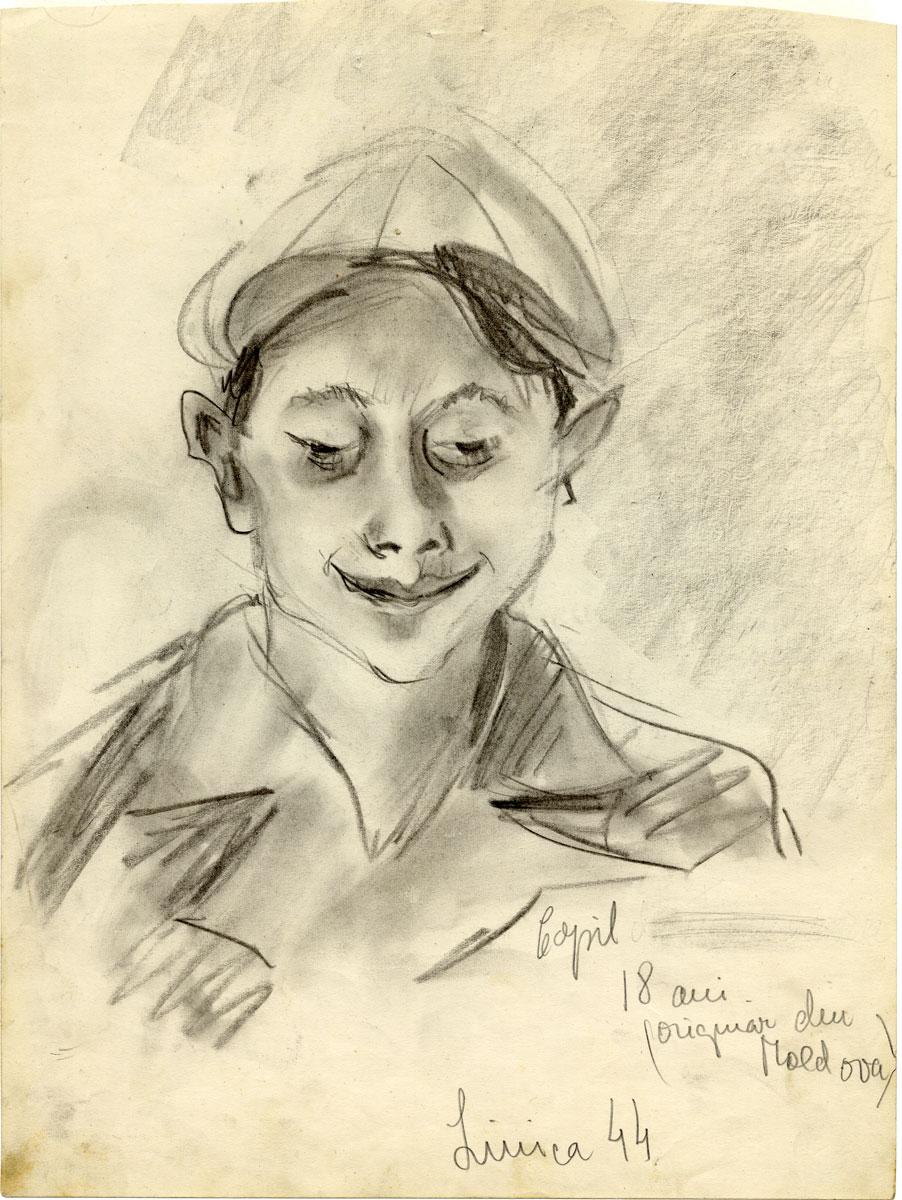
Artist’s note: "An 18-year-old youth from Moldavia. Does he deserve to suffer?"
Charcoal on paper
31.5X23.6 cm
Collection of the Yad Vashem Art Museum, Jerusalem
Gift of the artist

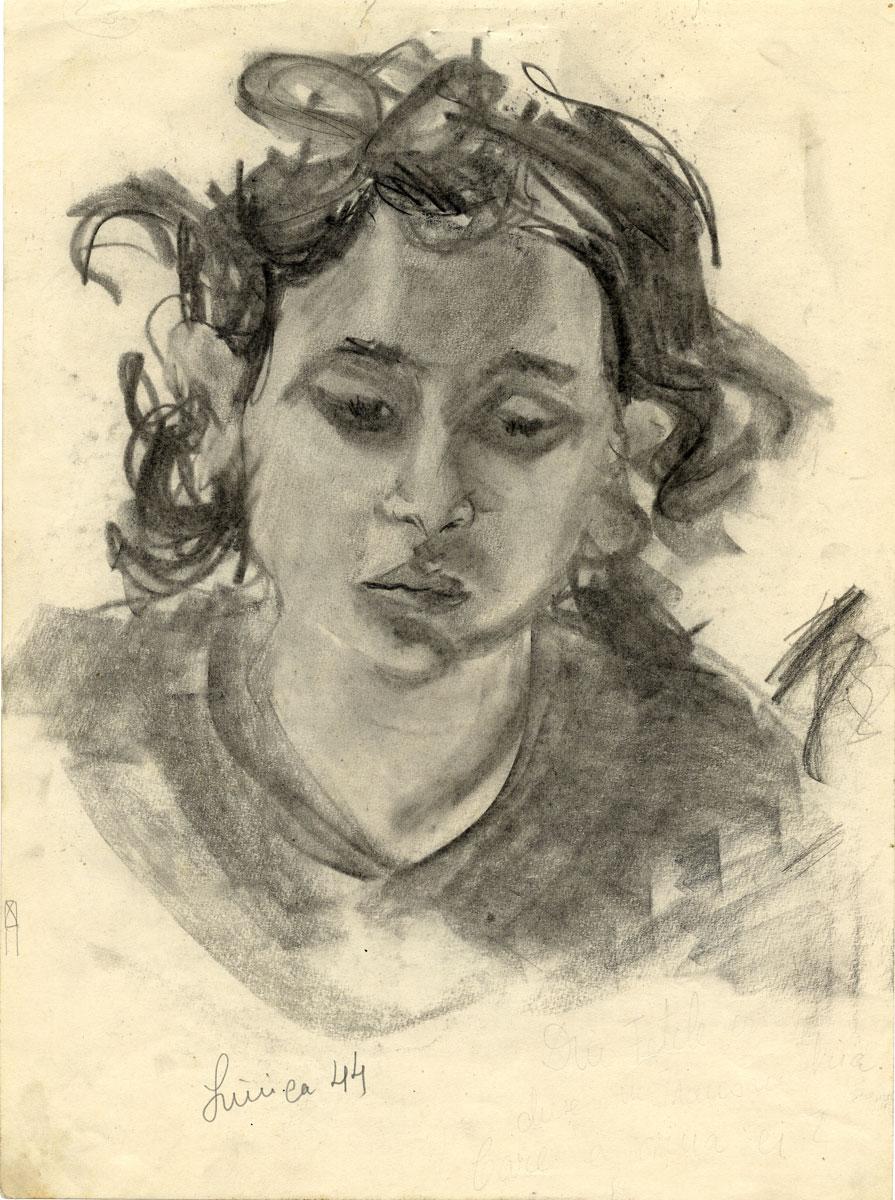
Artist’s note: “From the girls taken to Transnistria. Is she guilty?”
Charcoal on paper
31.7X23.6 cm
Collection of the Yad Vashem Art Museum, Jerusalem
Gift of the artist

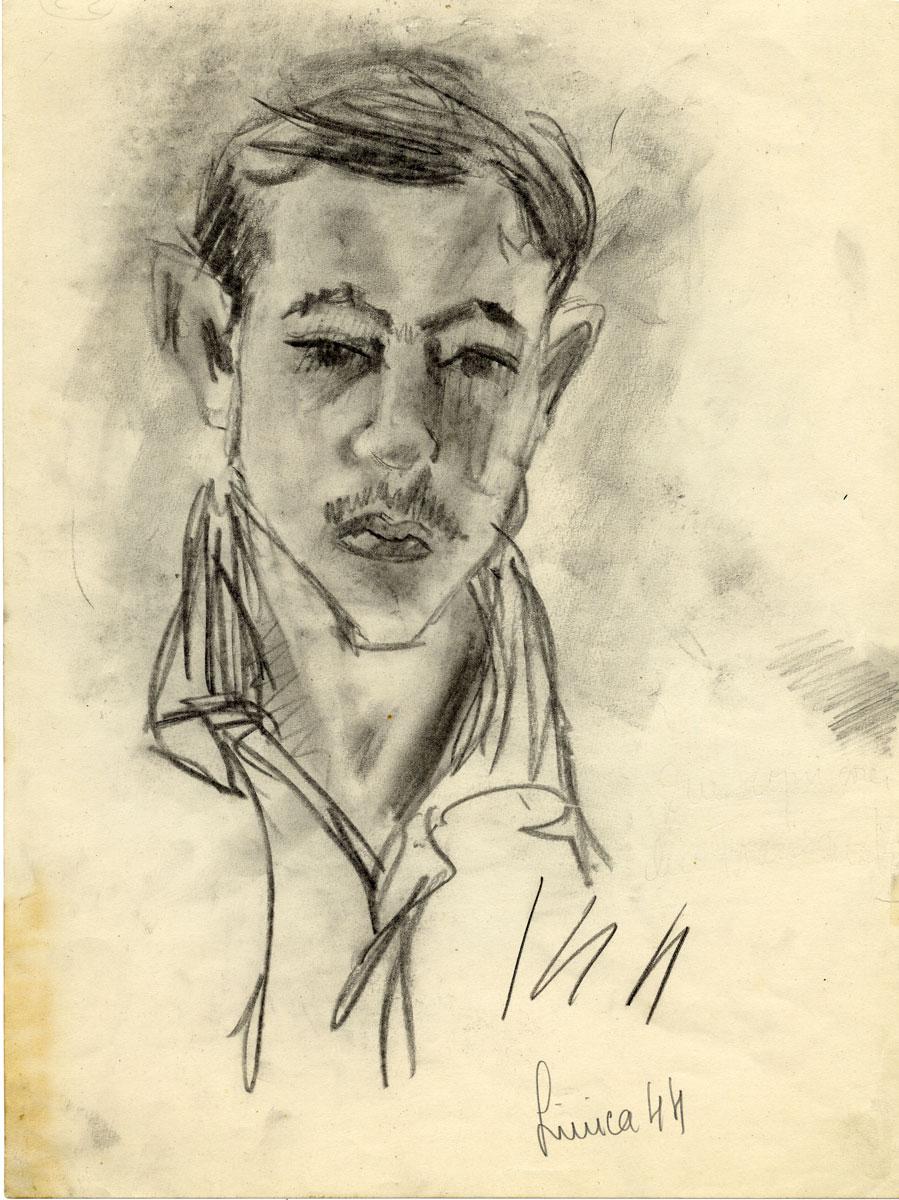
Charcoal on paper
31.6X23.6 cm
Collection of the Yad Vashem Art Museum, Jerusalem
Gift of the artist

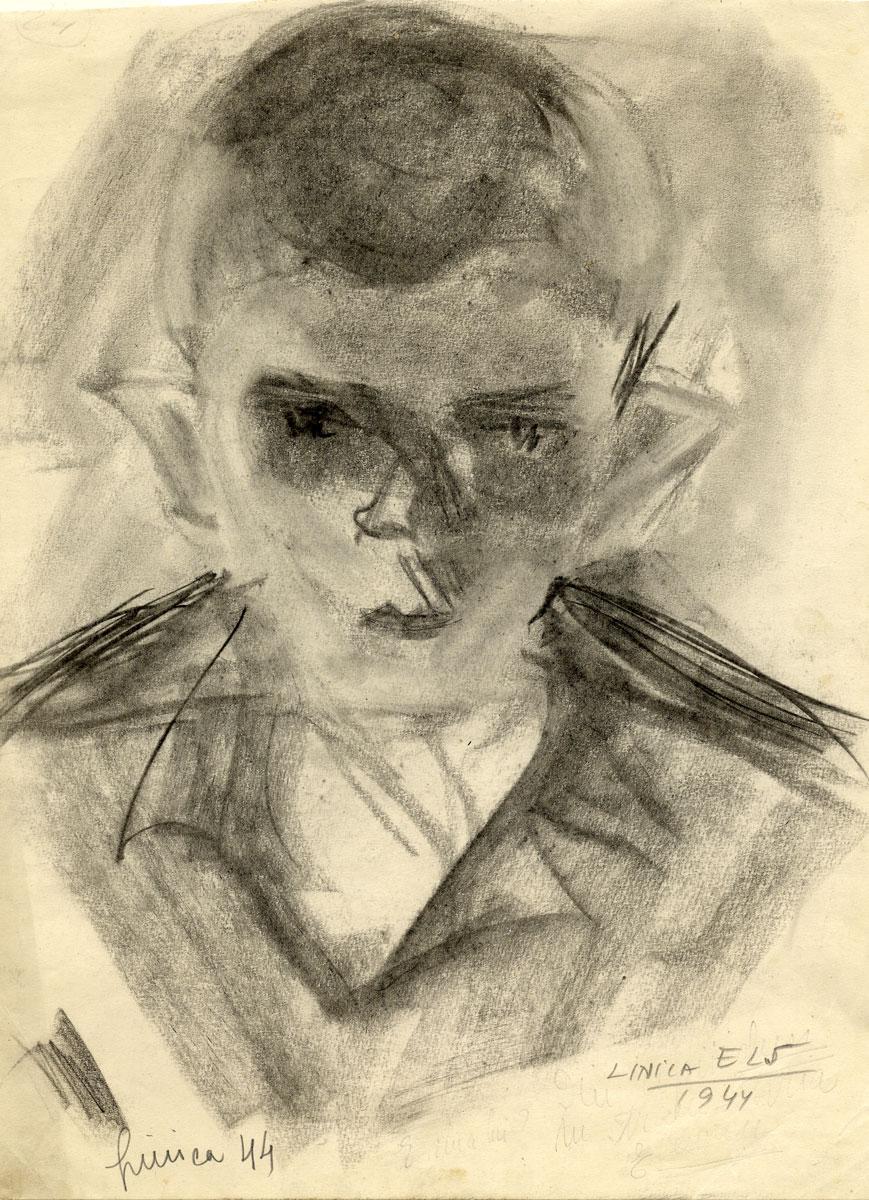
Artist’s note: “From the children taken to Transnistria. Is it his fault?”
Charcoal on paper
32.1X23.6 cm
Collection of the Yad Vashem Art Museum, Jerusalem
Gift of the artist







